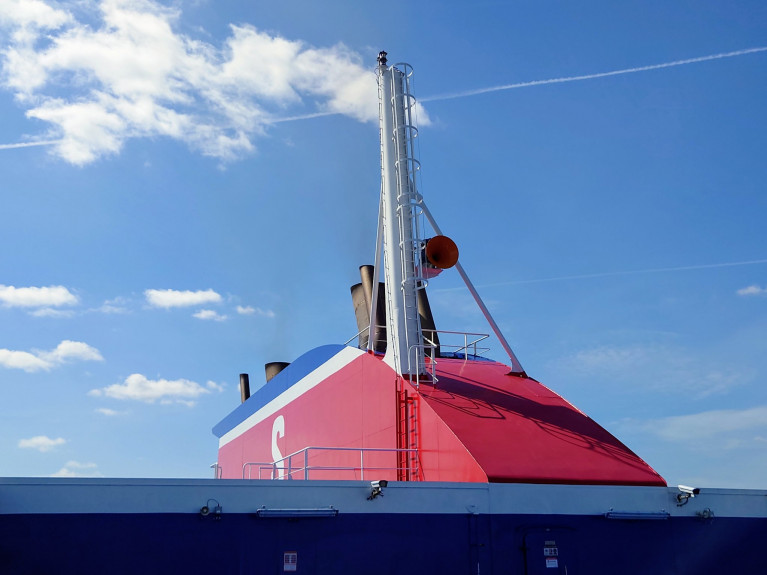Displaying items by tag: Show Support
Stena Line to Sound Horns In Port Today In Support of International ‘Day of the Seafarer’
At 12 noon (local time) today, 25 June all Stena Line vessels will sound their horns in port to support of seafarers around the world.
More than 1.6 million men and women are keyworkers in keeping vital supply lines open during the global pandemic COVID-19.
The International Chamber of Shipping (ICS), along with industry associations, companies and social partners are calling on shipowners, masters and crews around the world to sound their horns in ports at 1200 noon.
The initiative called #ShoutOutForSeafarers is made in honour of the International Maritime Organization's (IMO) international ‘Day of the Seafarer’ to remind the world about the important role of all, more than 1.6 million seafarers around the world.
The operator is one of the largest ferry companies with more than 4.300 employees, currently operating 37 vessels on 17 ferry routes in the Baltic Sea, Scandinavica, North Sea and the Irish Sea.
”As part of our vision to connect Europe for a sustainable future, we have continued to sail throughout the whole pandemic, to keep vital supply lines open. We have transported millions of tonnes of goods such as medicines and equipment for healthcare, as well as fresh food and drinks. But, we have also connected people, for essential travel and now when societies are opening up we will reconnect families and friends again after many months apart" said Ian Hampton, Chief People, Communications and Fleet Operations Officer
He added "We want to highlight the important work undertaken 24 hours a day, seven days a week, by our key workers, the seafarers onboard our vessels, by participating in this great initiative”
Read more about the #shoutoutforseafarers initiative click here.
The sound of the horn from the leadship of E-Flexer next generation ferries, Stena Estrid sailing on the Irish Sea can be downloaded this link.





























































